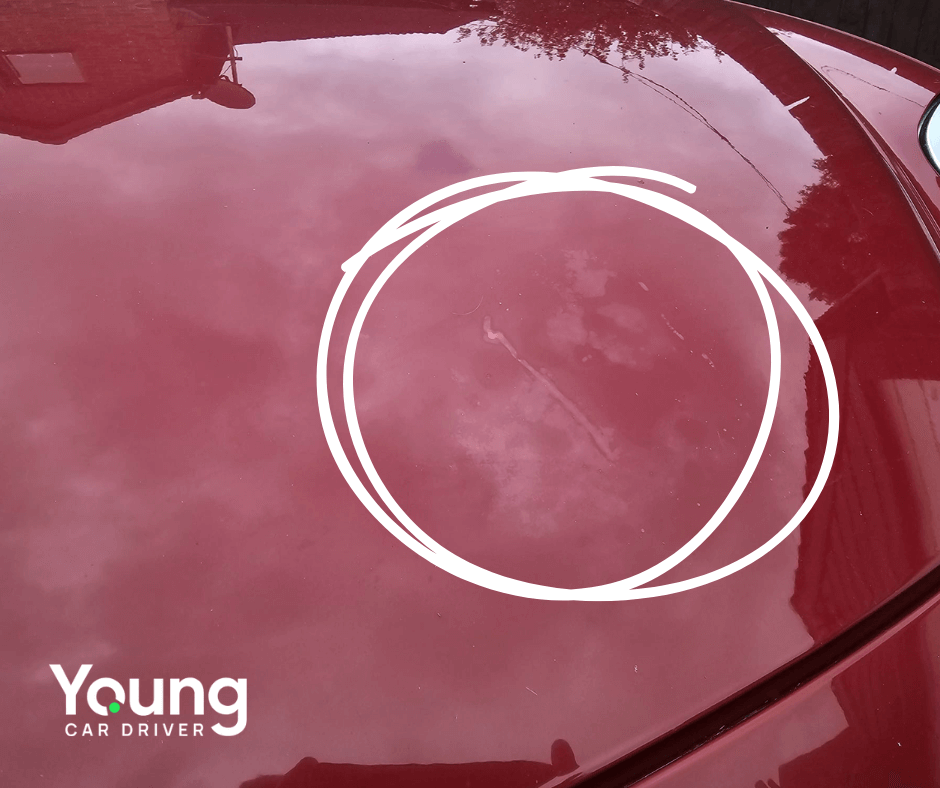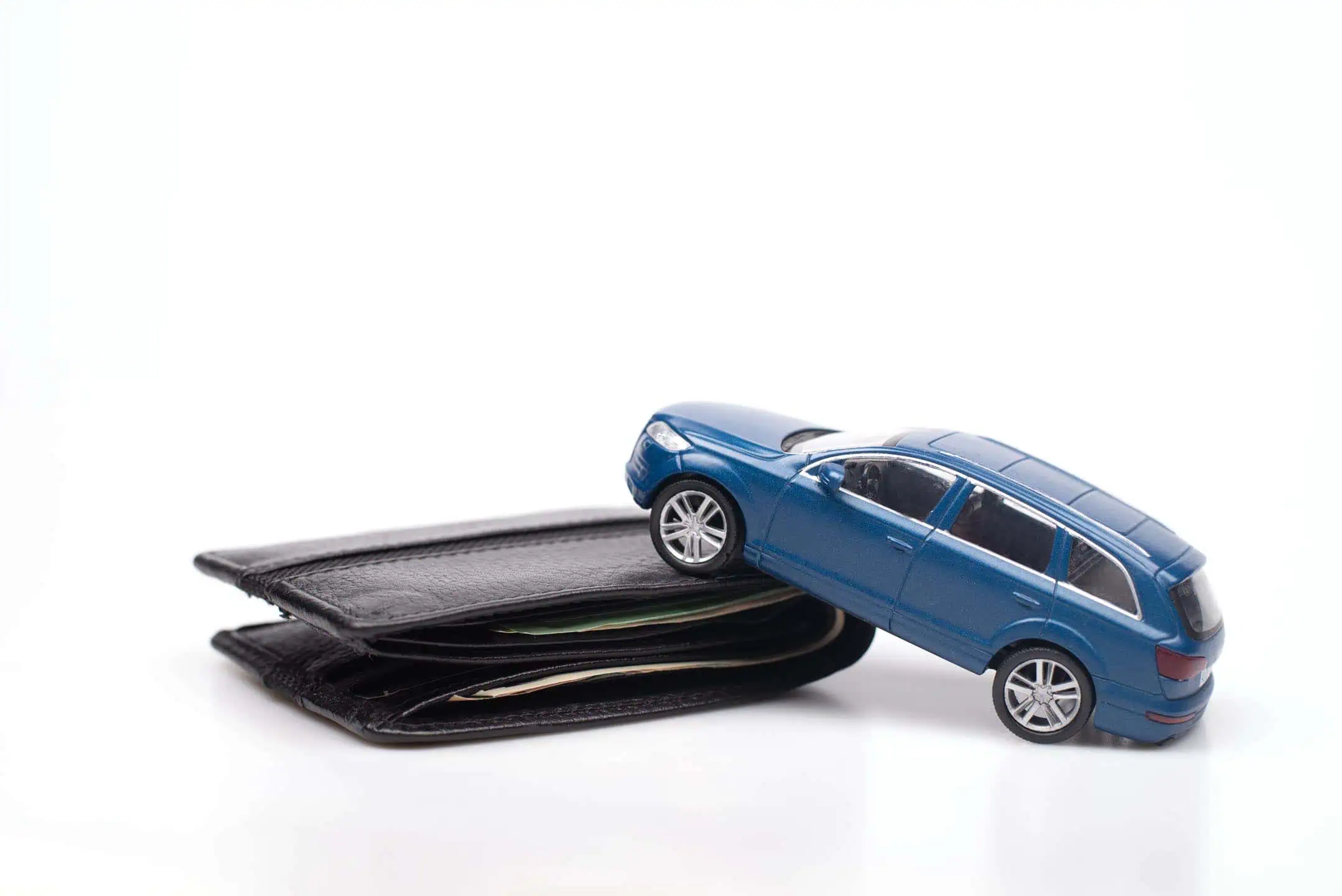When I first started driving, I never imagined that something as simple as an L plate could cause me so much trouble.
The paint on my car has been damaged by magnetic L-plates
Like many new drivers, I opted for magnetic L plates on my car. They seemed ideal—easy to attach, remove, and reposition. However, after a few months of proudly driving around with those plates, I discovered an unwelcome surprise: my car’s paint had suffered damage.
Marks on brightly coloured cars appear more noticeable.
I drive a red car, and anyone who owns a red vehicle knows how stunning it looks when the paint is in perfect condition. Unfortunately, one day after removing the magnetic L plates, I noticed something alarming—a faded, milky patch where the L plate had been. It was as if the colour had dulled, leaving a stark contrast with the rest of the car’s gleaming paint.
My first instinct was to polish and buff the area, thinking it was just a temporary mark. But to my disappointment, the damage was more stubborn than I had hoped. After researching, I discovered that this is a common issue for drivers who use magnetic L plates, especially on brightly coloured cars like mine.
Why do the magnetic L plates fade the cars paintwork
The main cause behind this issue is the uneven exposure to sunlight and the trapping of moisture. Magnetic L plates create a barrier between the car’s paint and the environment. While this might seem like it would protect the paint, it actually leads to problems over time. The areas covered by the magnetic plate are shielded from sunlight, while the rest of the car’s paint naturally fades. This results in noticeable differences in colour, particularly on vibrant colours like red or blue.
Moisture is another factor. Rain or condensation can get trapped between the magnetic L plate and the car’s surface, leading to hazing or discoloration. Over time, this can result in more permanent marks that are difficult to remove without professional help.
How should you protect the paintwork from magnetic L plates on your car?
If you’re a new driver or know someone who is, here’s my advice: Remove your magnetic L plates whenever the car is not in use.
Although it might seem like a hassle at first, it’s a small effort that can prevent long-term damage to your car’s paint. Here are a few additional tips to help protect your car’s finish:
1. Remove L plates regularly: If you’re parking your car for an extended period, take the L plates off. This prevents uneven fading and reduces the risk of marks forming.
2. Check for moisture: After driving in the rain or washing your car, always check that there’s no moisture trapped between the plate and the car’s surface. If there is, dry both the plate and the car before reattaching it.
3. Consider alternatives: Removable adhesive L plates are another option. While they may be slightly less convenient, they don’t pose the same risks as magnetic ones. Just ensure the adhesive is non-permanent and safe for your car’s paint.
Lessons learned
Looking back, I wish I had known about the potential risks of magnetic L plates before I started using them. While they are undoubtedly convenient, the damage to my car’s paint was a harsh reminder that convenience sometimes comes at a cost. If I could go back, I would have taken them off whenever the car wasn’t in use and been more vigilant about checking for moisture.
For those of you just starting your driving journey, take it from me: don’t let something as small as an L plate create unnecessary problems for your car. A little extra effort now can save you a lot of frustration (and potentially expensive repairs) down the road. Protect your car’s paint, and enjoy the ride ahead!




